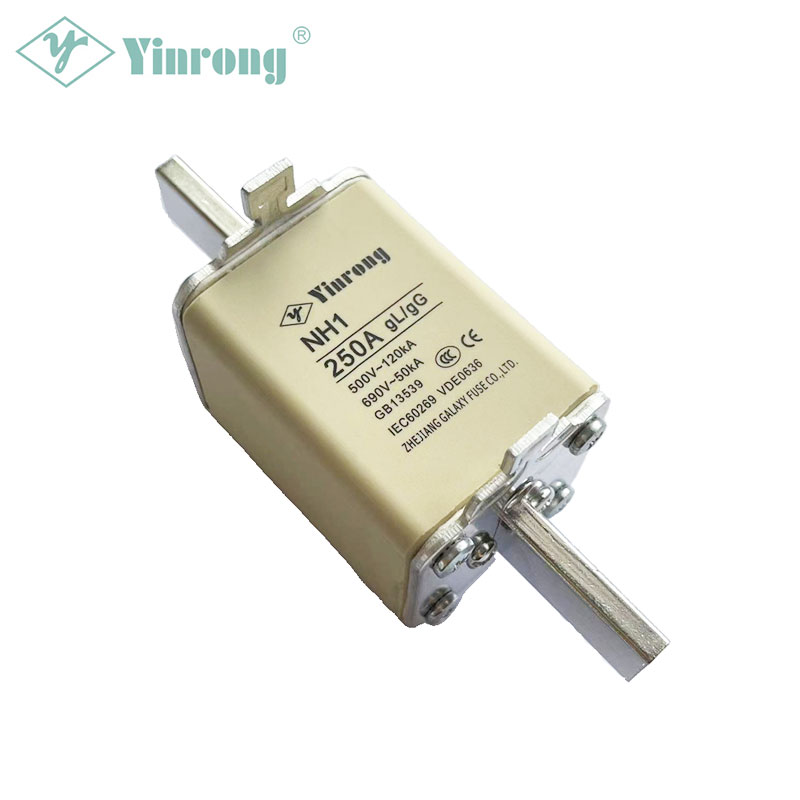Key points about low voltage NH HRC fuses
2023-10-18
A low voltage NH HRC (High Rupturing Capacity) fuse is a type of electrical fuse specifically designed for low voltage applications. NH refers to the size and form factor of the fuse, while HRC stands for High Rupturing Capacity, indicating the ability of the fuse to safely interrupt high fault currents without causing damage or hazards.
Here are some key points about low voltage NH HRC fuses:
1. Application: Low voltage NH HRC fuses are commonly used in industrial and commercial electrical systems, such as power distribution panels, switchgear, motor control centers, and other low voltage applications. They provide protection against overcurrents and short circuits, safeguarding the electrical equipment and preventing damage or fire hazards.
2. Construction: NH HRC fuses consist of a fuse body made of non-combustible materials, such as ceramic or melamine, which provide electrical insulation and mechanical strength. Inside the fuse body, there is a fuse element made of a low resistance metal alloy, typically silver or copper. The fuse element is designed to melt or "blow" when subjected to excessive current, thus opening the circuit and interrupting the flow of electricity.
3. High Rupturing Capacity (HRC): The HRC rating of a fuse indicates its ability to safely interrupt high fault currents. It ensures that the fuse can handle and interrupt the potentially destructive energy associated with short circuits or fault conditions. The HRC rating is specified by the manufacturer and should match or exceed the expected fault current levels in the electrical system.
4. NH Size: The NH size classification is a standard designation for fuses with specific dimensions and current ratings. The NH size corresponds to the physical dimensions and current carrying capacity of the fuse. Different NH sizes are available to accommodate various current ratings, typically ranging from a few amperes to several hundred amperes.
5. Fuse Characteristics: Low voltage NH HRC fuses may have additional features and characteristics depending on the application and specific requirements. Some fuses may include indicator or striker pins that pop out when the fuse blows, providing a visual indication of a fault. Fuse holders or fuse bases are used to securely mount and connect the fuses in the electrical system.
6. Fuse Selection and Installation: It is important to select the appropriate NH HRC fuse based on the rated voltage, current rating, and fault current level of the electrical system. Fuse coordination and coordination with other protective devices should be considered to ensure proper protection and reliability. NH HRC fuses should be installed by qualified personnel following the manufacturer's instructions and adhering to safety practices.
NH HRC fuses are an essential component in low voltage electrical systems, providing critical protection against overcurrents and short circuits. Consulting with a qualified electrical engineer or professional is recommended for selecting and installing the appropriate NH HRC fuses for a specific application.



